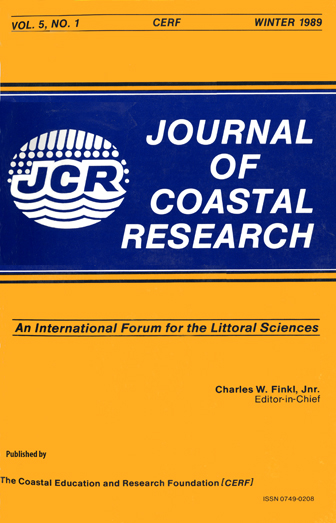Taximetric Analysis of Female and Hermaphroditic Plants Among Populations of Juncus Roemerianus Under Different Salinity Regimes
Keywords:
Juncus roemerianus, salt marshes, gynodioecious, marsh rush, intertidal plant populations, tidal marshes, phenotypic variationAbstract
The gynodioecious saIt marsh rush, Juncus roemerianus Scheele, entails considerable phenotypic variation. Phenograms constructed from cluster analysis of 32 morphological characteristics measured in seven widely separated populations of the J. roemerianus were used to show that these populations are distinct entities adapted to different soil water salinities. Populations in marsh habitats with prevailing low salinity soil water are composed of plants with the longest leaves, largest inflorescences and they have more flowers and seeds. A population of dwarfed J. roernerianus growing in hypersaline soil water is very distinct from all other populations. Reproductive isolation of the seven rush populations is caused by geographical features (distance and water barriers) and restricted pollen dispersal. Elements within a cluster had a high degree of natural association and are considered distinct from other clusters. This taxi metric study shows that plants bearing pistillate flowers could not be separated from those bearing perfect flowers or identified to sex based only on vegetative characteristics. Salinity is a strong natural selective force on populations of J. roemerianus. Ecological information is also shown to be important in understanding adaptation and taxonomic relationships among salt tolerant plants.


